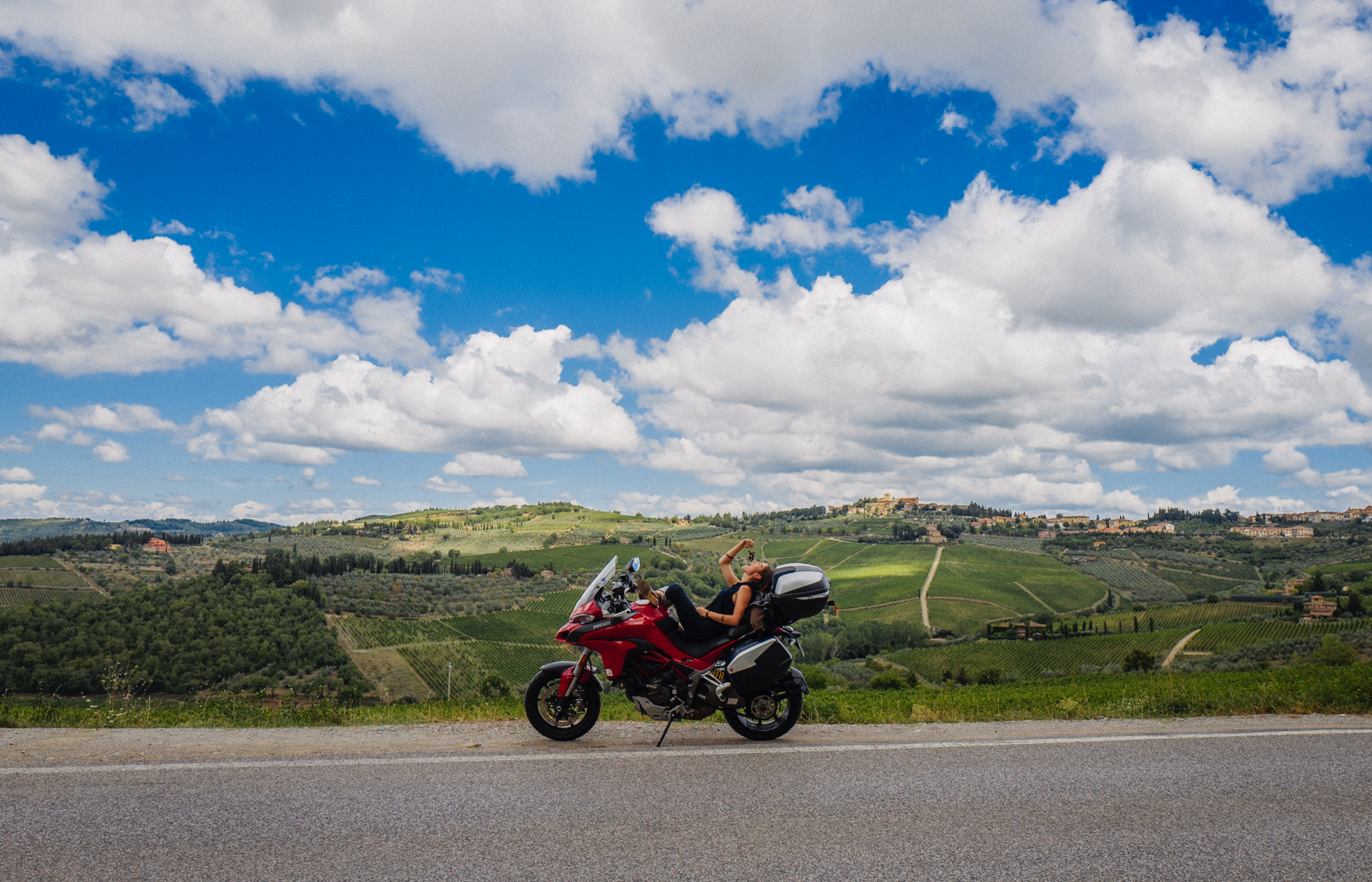Riding your motorcycle abroad can be a daunting experience, particularly if you are just not used to the changes in driving style and general traffic rules. With these few tips, you can take a lot of the stress out of riding and focus more on enjoying the incredible scenery, food and people of Europe.
1 – Mind Right of Way
In the United States, you can get quite used to everything being explicitly explained in signage. Not only will you find this to be quite different in Europe — signs are often set in pictograms so they can be understood by people of various linguistic backgrounds — but there’s also situations in which there simply aren’t signs.
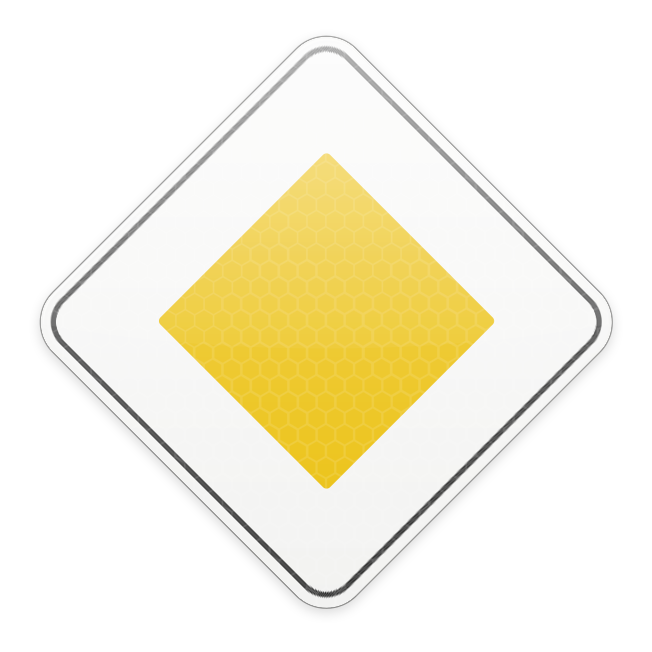
Right of Way is often shown through street markings at an intersection. The general rule, even without these markings, is that whatever vehicle approaches from the right (your right) has the right of way. Keep this in mind when you come to an ambiguous traffic situation. Stay safe, and always look for markings on the street and not just on signs when you are confused.
2 – Be smart about speed
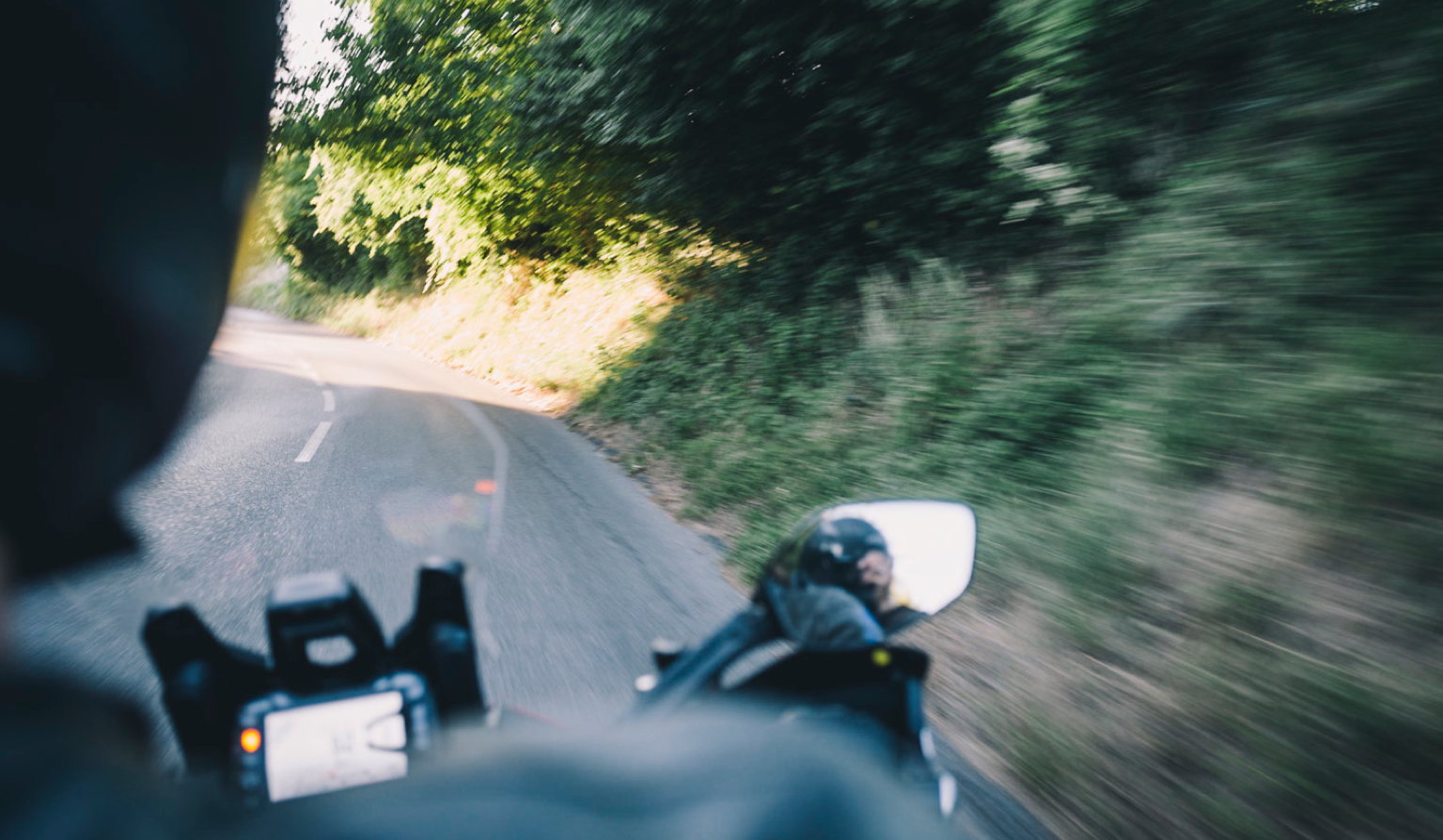
While Ride Earth certainly doesn’t condone illegal behavior, U.S. Interstate highways are fantastic places to speed. While the Highway Patrol is active, there’s no great fear of automated speed traps, cameras and other checks. You’ll find Europe, particularly the Western EU member states, to be far less lenient on speeding.
On many highways in France, the Netherlands, Germany (yes, even Germany), Italy, Spain, Belgium, and Denmark there are speed cameras installed that will measure your speed and snap a photo of your license plate if you exceed the posted limits. This is fairly straight forward, and the cameras are often marked as such. Be aware of other highway traffic abruptly slowing down to ensure they don’t get ticketed for speeding; a slow day slabbing it on the highway can reduce your attention on the road and you’re certainly at fault if you park your bike into the back of one of those cute, small European hatchbacks.
A newer type of speed control is called ‘Trajectory Control’ or SPECS, where an entire stretch of highway is used as a track to measure average speed. The method is simple; you merge onto a highway and at a certain overhead post your license plate is scanned. Several kilometers down the road, it is scanned again, and computers derive your speed based on the time you took to travel from one scan point to the other. If your average speed was even a few kilometers above the posted limits, you get a fine.
The name for this type of impossible-to-circumvent speed control varies per country; in Italy, you can see Italian signs mentioning ‘Tutor’ or ‘Safety Tutor’, whereas in the Netherlands and Belgium it is called ‘Trajectcontrole’, and finally, Austria labels it ‘Section Control’. As of this writing, those countries (as well as the UK) are the only ones using these systems.
Speed limits can and do change per country, so be aware of what the limit is in the country you are in! Look for these signs at the border:
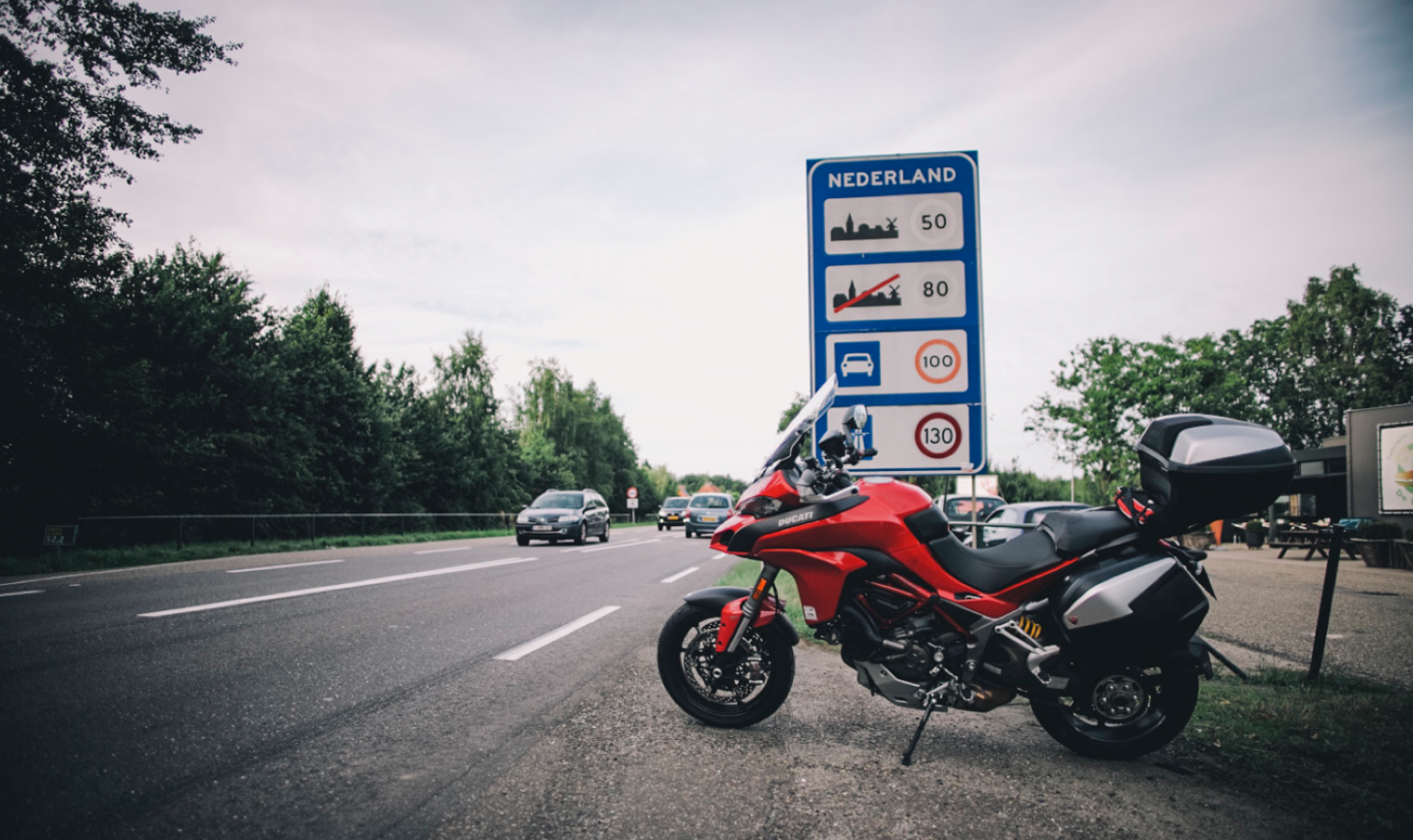
3 – Split lanes and filter
Unless you are from California, it may be quite an adjustment to you to split lanes and filter. Not only is it legal in Europe, but it is expected of you in most places. Only Germany has restrictive legislation when it comes to motorcycle lane splitting; you may filter (that is, move past traffic which is at a standstill) but not split when traffic is moving. Elsewhere, you are welcome to split at speed.
Remember to stay safe while splitting lanes. A good speed is 10-20 km faster than traffic. Many riders in Europe turn on their turn signals or hazard lights as they split for increased visibility. It’s possible you come to a place where you cannot progress further due to a lack of clearance, in which case it’s perfectly OK to just sit between cars for a little bit.
In general, you’ll find people have a more relaxed attitude towards traffic rules with motorcycles and scooters, and police generally condone ‘grey area’ behavior. In most Southern parts of Europe (Spain, the South of France, Italy) you’ll find it is very commonplace to park motorcycles and scooters on open areas in public places. Inner city roads, which typically do not allow the use of cars are open to motorcycles as well. A good rule of thumb is to observe what other riders do or even ask them what is locally acceptable.
4 – Adapt to local driving culture
Speaking of more relaxed attitudes towards traffic rules, it may be a bit of a culture shock to ride in places like Italy and Spain where the rules of the road are taken as a gentle suggestion rather than law. In Central / Southern Italy in particular, you’ll find it common for scooters, motorcycles and even cars to pass quickly in blind turns, overtake two abreast or do other maneuvers that are considered dangerous in the US.
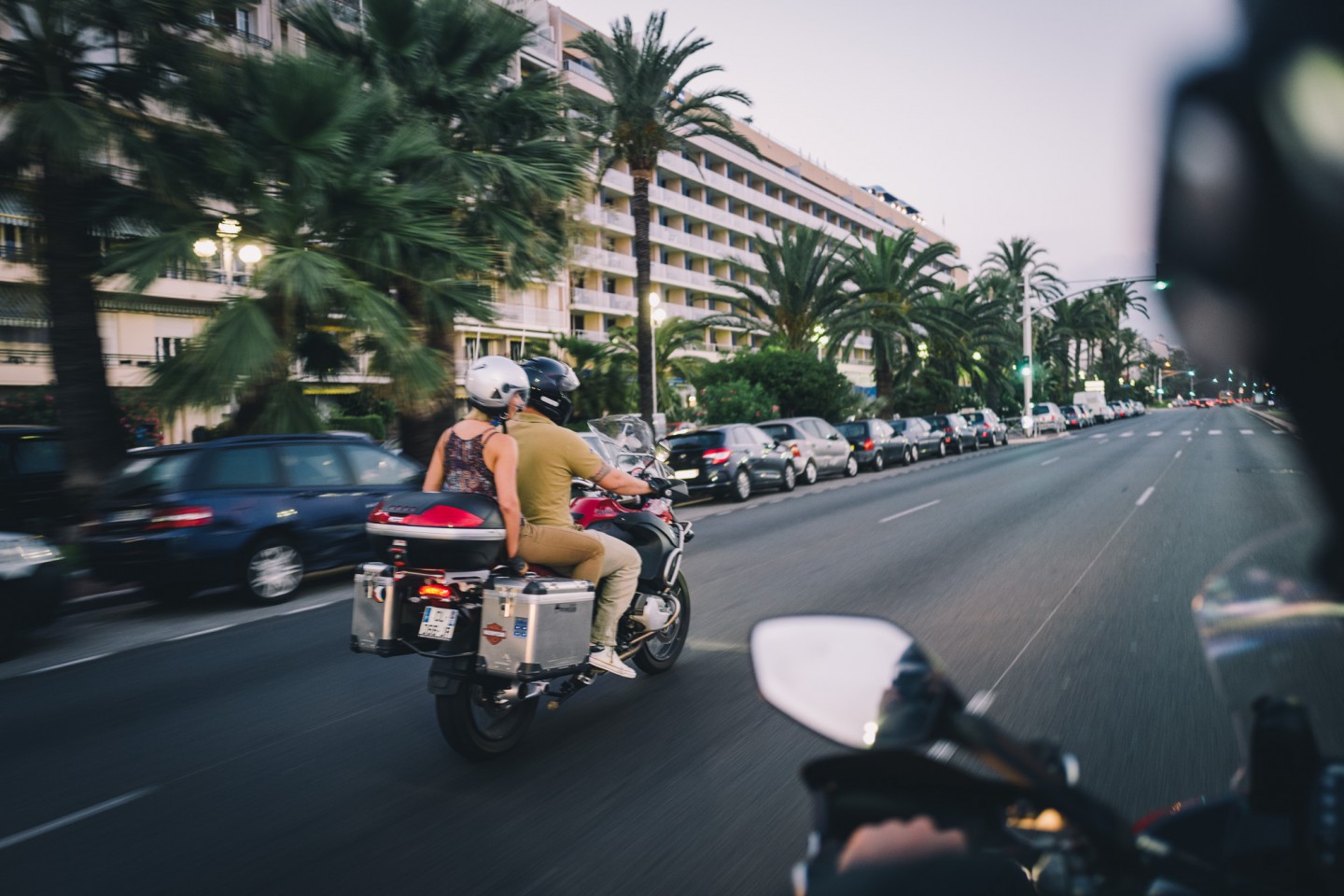
While they are certainly more dangerous and it’s not recommended to ride your bike like all the locals, where there is a different driving style, drivers also make different expectations and anticipate these types of situations. I found that passing on tight coastal roads with less clearance was at times safer than in California, as people actually pay attention to the possibility of oncoming traffic close to their lane.
Various places have different driving cultures, and you should take care to observe it. In Europe, the Northern countries tend to have a more relaxed and by-the-book attitude when it comes to driving, whereas near the Mediterranean you are expected to be assertive and at times even aggressive. Expect people to split your lane even when you aren’t sharing it; cars will pass you on highways without giving you excess space. Adapting to this is crucial to staying safe while you travel.
5 – Avoid toll roads
Roads in Europe are, in my experience, often stellar. A lot of the budget for road maintenance comes from access control in the from of tolls. If you travel far through a country, they can add up to a pretty significant cost. While motorcycles often get a discounted rate, I have paid over 20 euros in a day to toll roads at times.
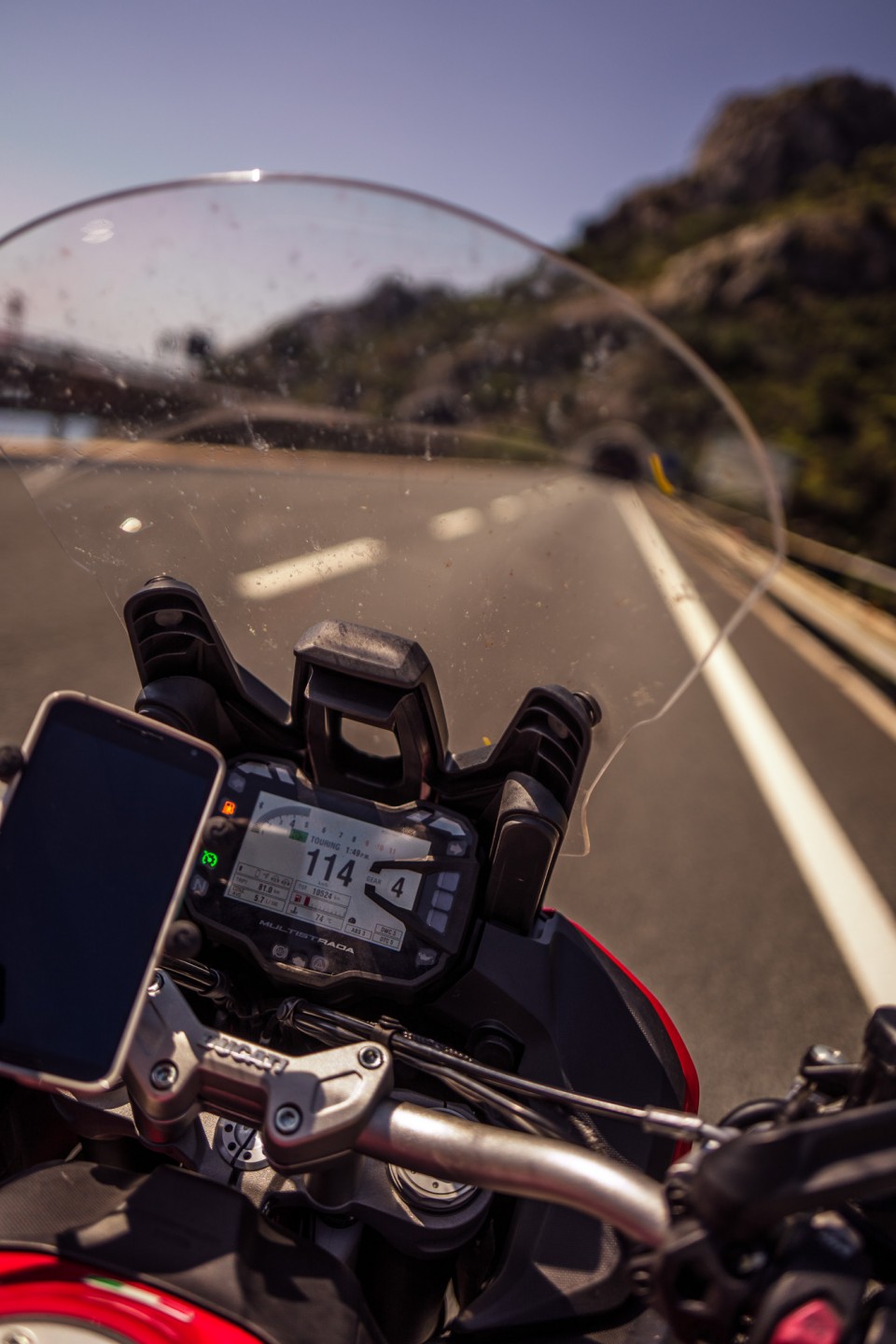
However, the greatest cost of toll roads is missing some of the most beautiful roads in Europe. The best way to experience the countries and varied nature and sights is to get off the main roads. Michelin produces excellent (paper) street maps with scenic roads highlighted in yellow. These roads are toll-free, often curvier, well-maintained and will only add a few hours to your day at most. When in doubt, take back roads and find yourself some local history and cuisine.
On top of these tips, I highly recommend verifying traffic laws beforehand and make yourself familiar with notable exceptions. This website has good resources for a few notable European countries and general rules and tips.
Feel free to leave questions about riding in Europe in the comments, and ride safe!

